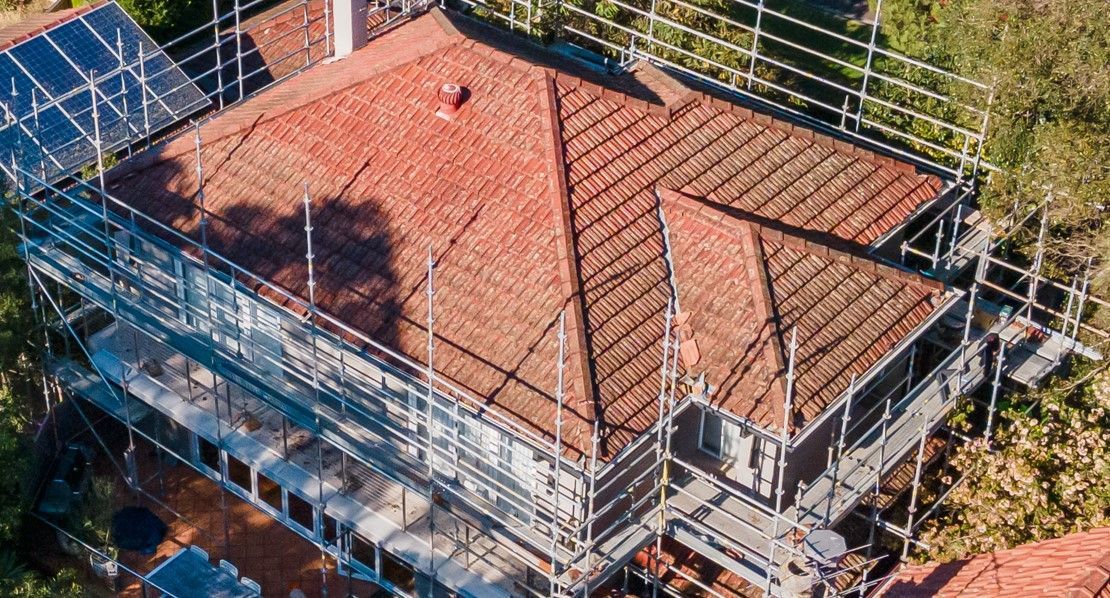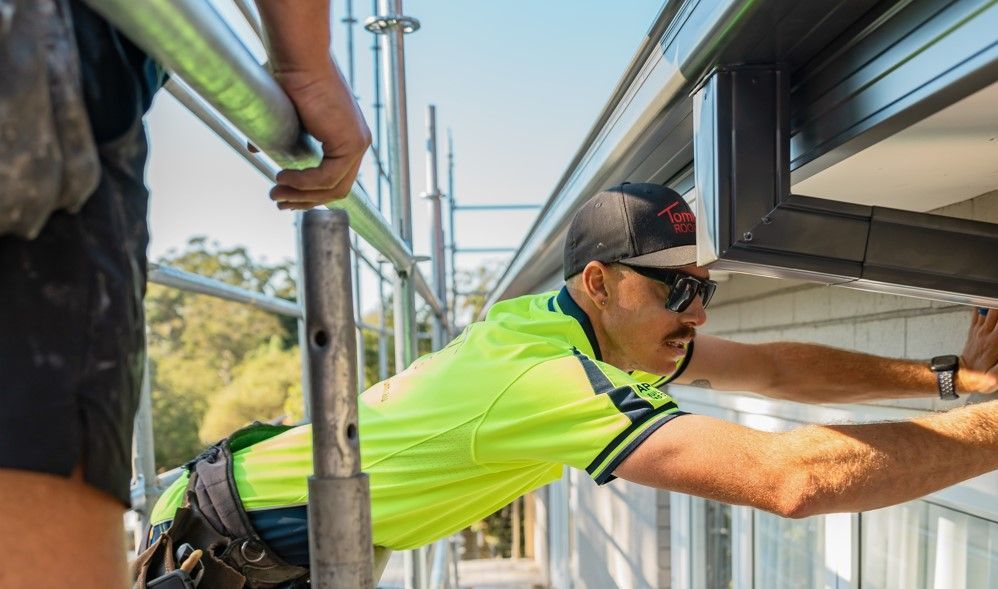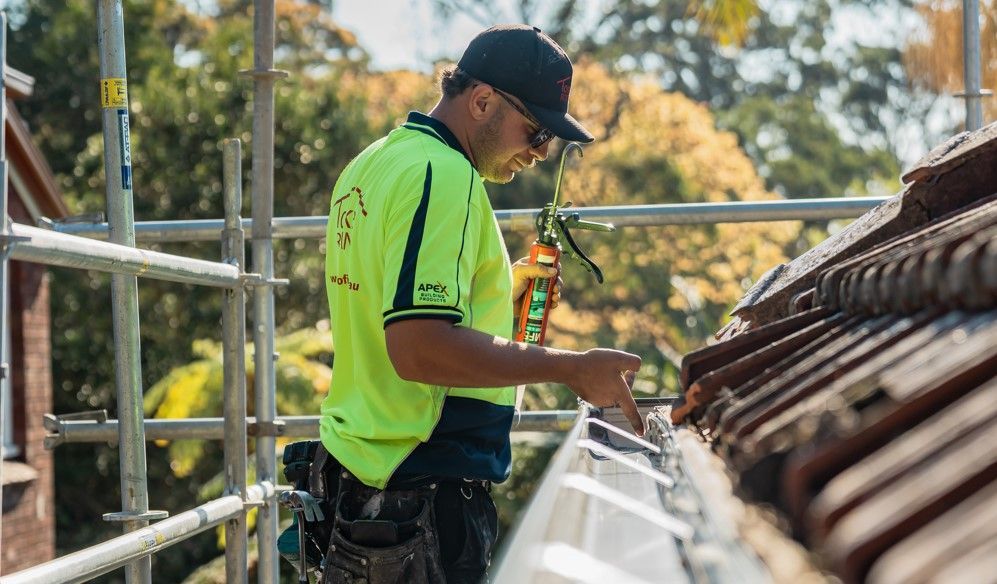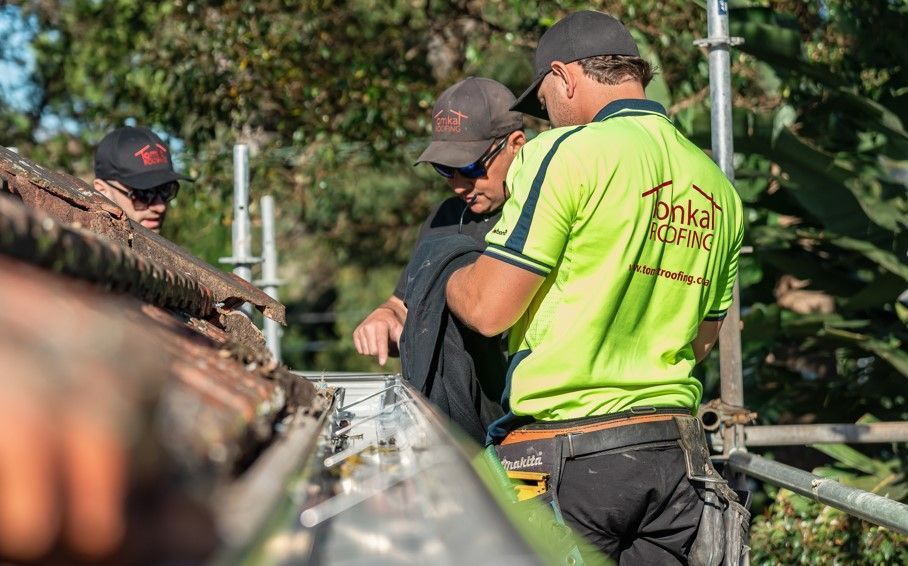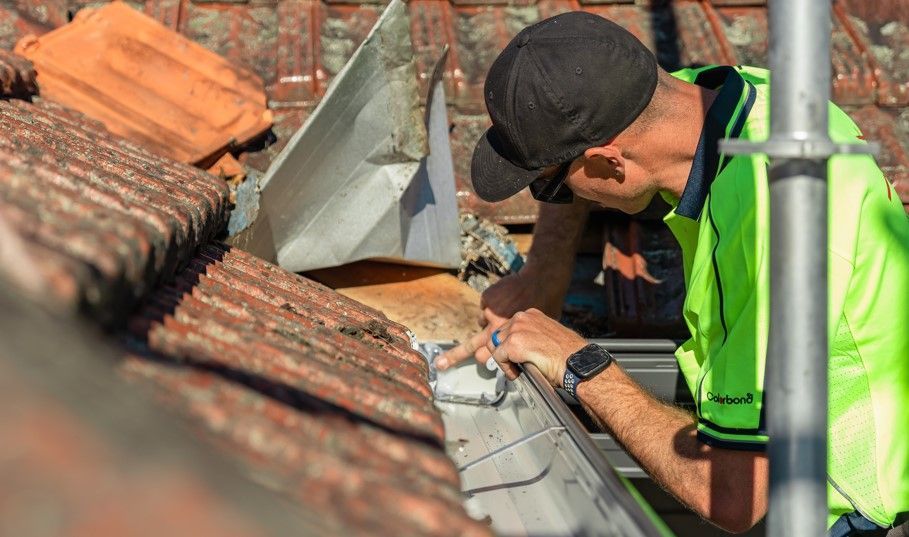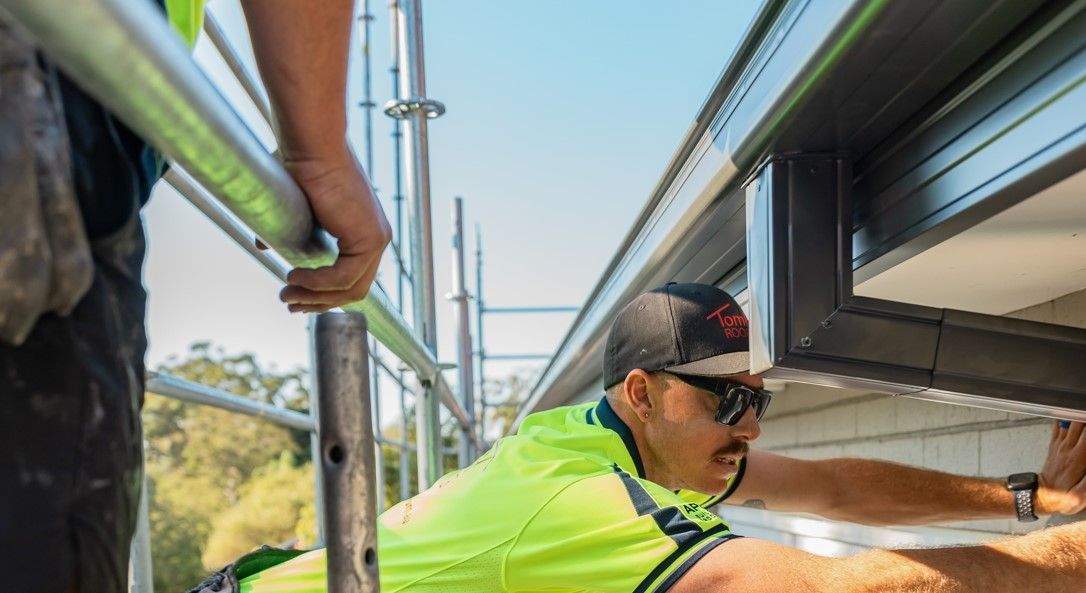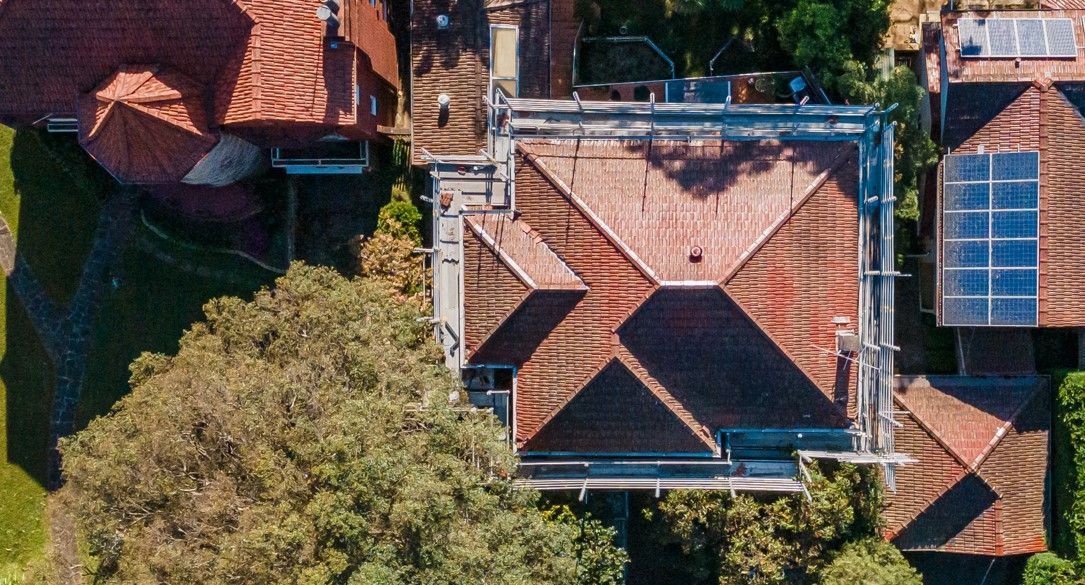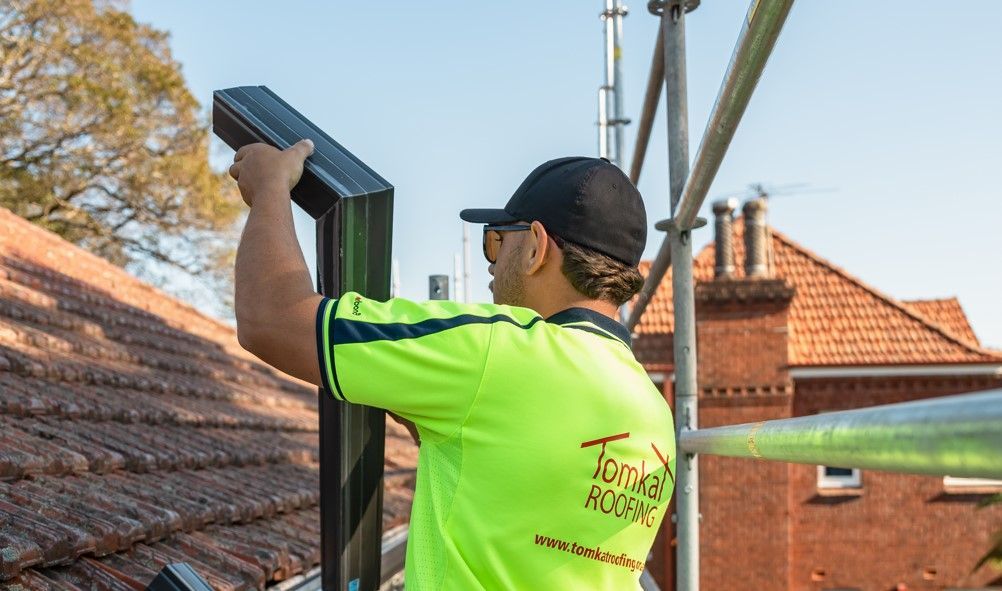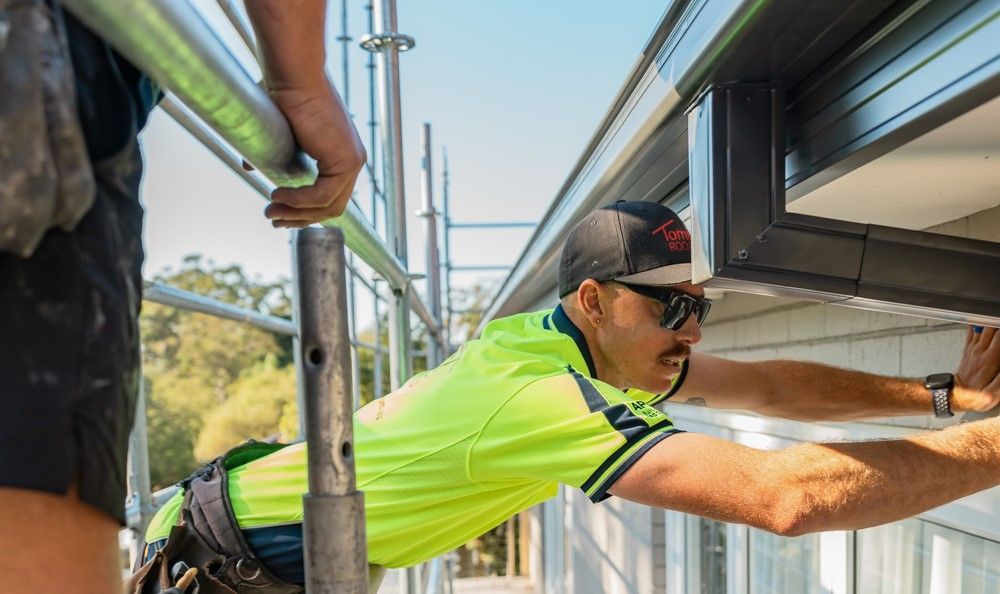Roof Maintenance for Different Materials: Tile, Metal, and More
Have you ever been relaxing on the couch and suddenly thought,
“What if the roof came crashing down?”
A strange worry, but at that moment, the ceiling feels more like a ticking time bomb than a shelter. Or maybe you're stressing about leaks and water stains as the rain pours outside.
You're not alone. Every homeowner worries about their roof. It’s not just a barrier but your primary protection against the sun, cold, and storms. Maintaining your roof is essential to keeping your home safe. Different roofing materials require different care, so it's important to know what to do.
This guide offers key maintenance tips for common roofing materials, helping you keep your roof in top condition year-round.
Over Your Head: 8 Roofing Materials and How to Care for Them
1. Concrete Tile Roof
Concrete tiles are durable and can copy the appearance of traditional clay tiles. They are quite weighty and require a robust roof structure to bear their load. Concrete tiles are available in a diverse range of shapes, sizes, and colours, making them a flexible choice for design applications.
Concrete Tile Roof Maintenance
● Regular inspections should be done to check for cracked tiles and drainage issues. The attic should also be inspected for leaks and damage to the underlayment.
● The tiles are cleaned using a high-pressure power washer with a maximum pressure of 1200 psi. It is advisable to hire a professional for this task to avoid damage and ensure safety.
● Only use water during the cleaning process to avoid affecting the pH of the tiles and causing discolouration.
2. Metal Roof
Metal roofing is well-liked for its durability and lasting lifespan. It can be made from various metals, including aluminium, steel, and copper, and is often used in both residential and commercial buildings. Metal roofs are present in panels or shingles and come in a variety of colours and finishes.
Metal Roof Maintenance
● Regularly clean gutters and drains to ward off clogging and water pooling, which can result in corrosion.
● Remove dirt, mildew, stains, and other elements from the roof surface. Use appropriate cleaning solutions and avoid harsh chemicals that can damage the metal.
● Check for leaves and branches in valleys or low-slope areas and remove them promptly. Debris can hold moisture against the metal surface, leading to rust and corrosion.
● Make sure that no branches are in contact with the roof to avoid any scratches or scuff marks.
● Verify that no other metals or materials are in contact with the metal roof to prevent galvanic corrosion.
● Inspect for scratches, scuffs, chips, flaking, or signs of excessive chalking and fading. Minor scratches can be touched up with paint that matches the roof colour, but a professional should address severe damage.
3. Roll Roofing
Roll roofing is an economical and straightforward roofing material made from asphalt. It is commonly utilised for low-slope roofs and smaller structures such as sheds or garages. The material is available in large rolls and can be laid out in layers to effectively cover the roof surface.
Maintenance of Roll Roofing
● Check for cracks, tears, or loose edges. Repair these quickly to avoid water infiltration and further damage. If you notice any small tears or cracks, you can use roofing cement to patch them up.
● Clear away leaves, branches, and other debris to prevent moisture buildup, which can lead to mould growth and deterioration of the roofing material.
● Keep overhanging branches trimmed to reduce the risk of falling branches causing damage.
● In regions with heavy snowfall, remove snow buildup to prevent excessive weight on the roof.
● Ensure gutters and downpipes are clean and clear to allow proper drainage and prevent water backup.
4. Terracotta Roof
Terracotta roofs are made from natural clay that is moulded into tiles and baked at high temperatures. These tiles are known for their durability, aesthetic appeal, and the natural red hue that adds a rustic charm to buildings.
Terracotta Roof Maintenance
● Regular inspections are crucial to maintaining the integrity of a terracotta roof. Check for any broken or cracked tiles, as these can lead to leaks and further damage.
● Terracotta tiles can accumulate dirt, moss, and lichen over time. Use a soft-bristle brush and mild detergent to gently clean the tiles.
● Moss and algae can cause damage. To prevent this, a moss and algae inhibitor specifically designed for terracotta roofs should be applied.
● If you find any broken or cracked tiles, it's essential to replace them promptly to avoid water infiltration and structural damage.
● Although terracotta tiles are naturally durable, applying a sealant can provide an extra layer of protection against the elements.
● While some maintenance tasks can be done by homeowners, it's often best to hire a professional roofing contractor for more complex jobs.
5. Synthetic Slate Tile Roof
Synthetic slate tiles are made from rubber or plastic and resemble natural slate. They are lightweight and durable, requiring less maintenance than natural slate. Synthetic tiles offer excellent durability, as they are resistant to cracking, chipping, and fading.
Synthetic Slate Tile Maintenance
● Synthetic slate requires minimal maintenance when compared to natural slate.
● Regular inspections to check for any damage are recommended.
● Clear debris from the roof surface and clean the gutters regularly to maintain proper drainage.
6. Clay Tile Roof
Clay tiles are a traditional roofing material famous for their durability and aesthetic appeal. They are heavy and need a strict roof structure. Clay tiles are available in various shapes, colours, and finishes, providing a distinctive look.
Maintenance Of Clay Tile Roof
● Use a low-pressure power washer and a mild detergent solution to remove algae. Avoid aiming the spray directly at the tiles to prevent cracking.
● Apply an appropriate sealant to discourage the accumulation of algae, dirt, and mould.
● Look out for cracked or broken tiles and substitute them as needed to prevent leaks.
7. Wood Shingles
Wood shingles are made from cedar, redwood, or various other types of timber. They provide a natural, rustic look, but they necessitate more upkeep compared to other materials. Wood shingles are thinner and more finely crafted, whereas shakes are thicker and feature a more rough-hewn appearance.
Maintenance Of Wood Shingles/Shakes
● Regularly clean the roof surface of leaves, moss, and needles. Debris can capture moisture, leading to rot and decay.
● Ensure gutters are clear to prevent moisture retention. Blocked gutters can force water to back up and saturate the wood.
● Use a power washer to clean the roof surface, but be cautious to avoid damaging the wood.
● Consider professional treatments to preserve the wood and prevent rot and insect infestations. Treatments can include applying preservatives, sealants, and fire retardants.
8. Slate Shingles
Slate shingles are an upscale roofing option celebrated for their aesthetic appeal and durability. Crafted from natural stone, they can endure for more than a hundred years when properly maintained. These shingles come in a range of colours and textures, offering versatility for different architectural styles.
Maintenance Of Slate Shingles
● Have a professional expert inspect the roof yearly to look for broken or loose shingles and underlying issues.
● Stay ahead of slate repairs by addressing any damage promptly.
● Inspect and maintain flashings to prevent leaks.
● Make sure to keep the roof free of debris and regularly clean the gutters to maintain proper drainage.
Over Your Head? 8 Simple Roof Maintenance Tips
Here are some maintenance tips for all types of roofs:
1. Regular Inspections
Conduct routine checkups to identify any signs of damage or wear. Look for cracked, loose, or missing shingles, damaged flashings, and signs of water infiltration.
2. Professional Assessments
Assign professional inspections and maintenance at least once a year. Professionals can spot and address issues that may not be visible to the untrained eye.
3. Debris Removal
Make sure to keep the roof and gutters free from debris to allow for proper drainage and to avoid any water damage.
4. Tree Trimming
Trim overhanging branches to ward off damage to the roof surface and reduce the risk of falling branches.
5. Snow Removal
In regions with heavy snowfall, remove snow buildup to prevent excessive weight on the roof.
6. Sealant Application
Sealants should be applied to prevent algae growth and protect the roofing material from weathering. Sealants can expand the life of your roof and improve its appearance.
7. Proactive Repairs
Tackle any signs of damage right away to avoid worsening the situation. Addressing minor repairs now can help you steer clear of more expensive fixes later on.
8. Hire Professionals
For complicated repairs and roof maintenance tasks, hire a professional roofing contractor. Professionals have the experience and equipment to handle roofing tasks safely and effectively.
Over and Out: Keep Your Roof in Tip-Top Shape
Different roofing materials have unique maintenance requirements, but regular inspections, cleaning, and proactive repairs are essential for all roofs.
By following the maintenance tips and handling any issues promptly, you can expand the life of your roof and save your home from weather-caused damage.
Ready to protect your home with a roof that lasts? Contact Tomkat Roofing today! Our experts deliver top-notch inspections, unbeatable maintenance, and repairs you can trust—because your home deserves nothing less than the best. Let’s secure your roof and your peace of mind now!


